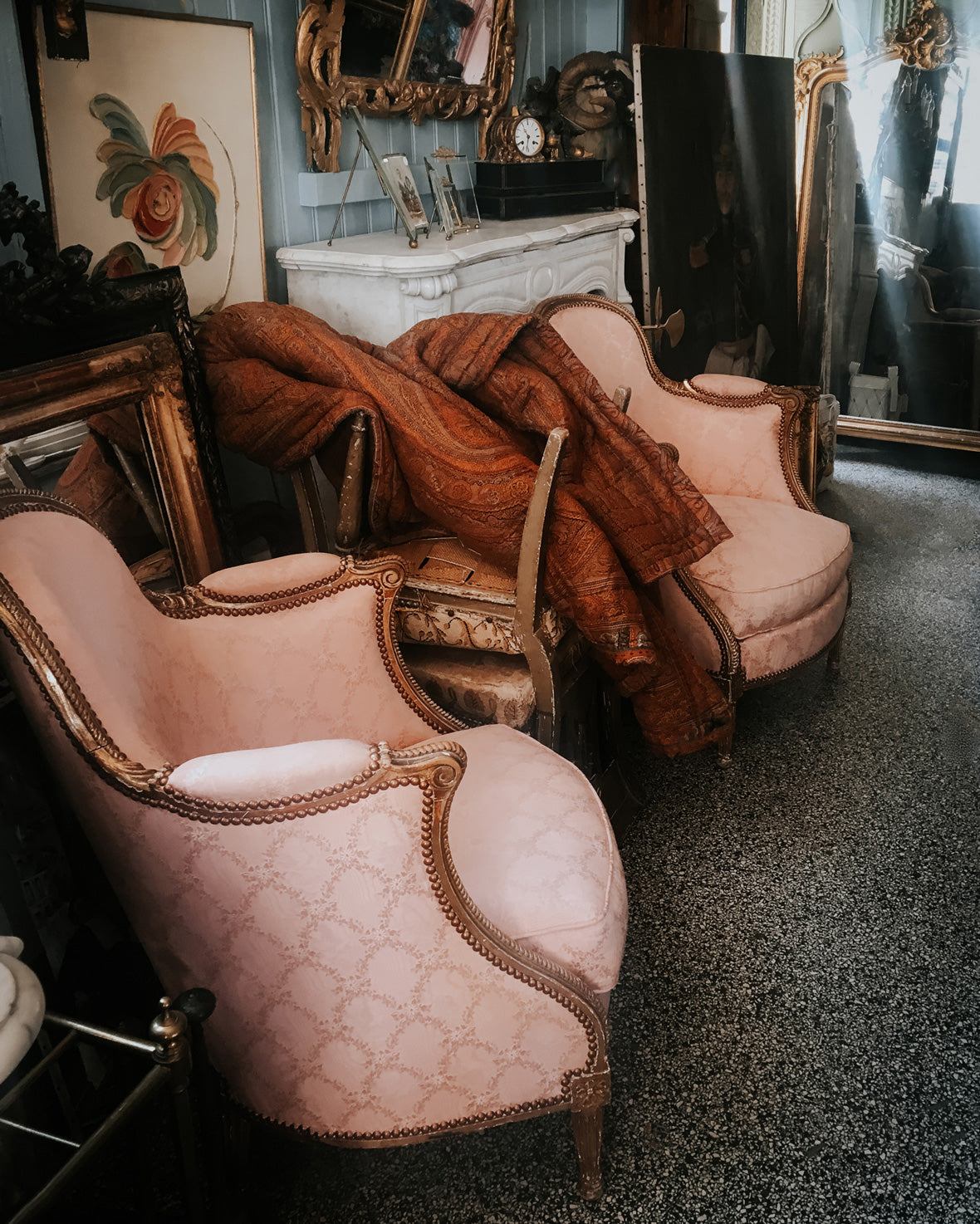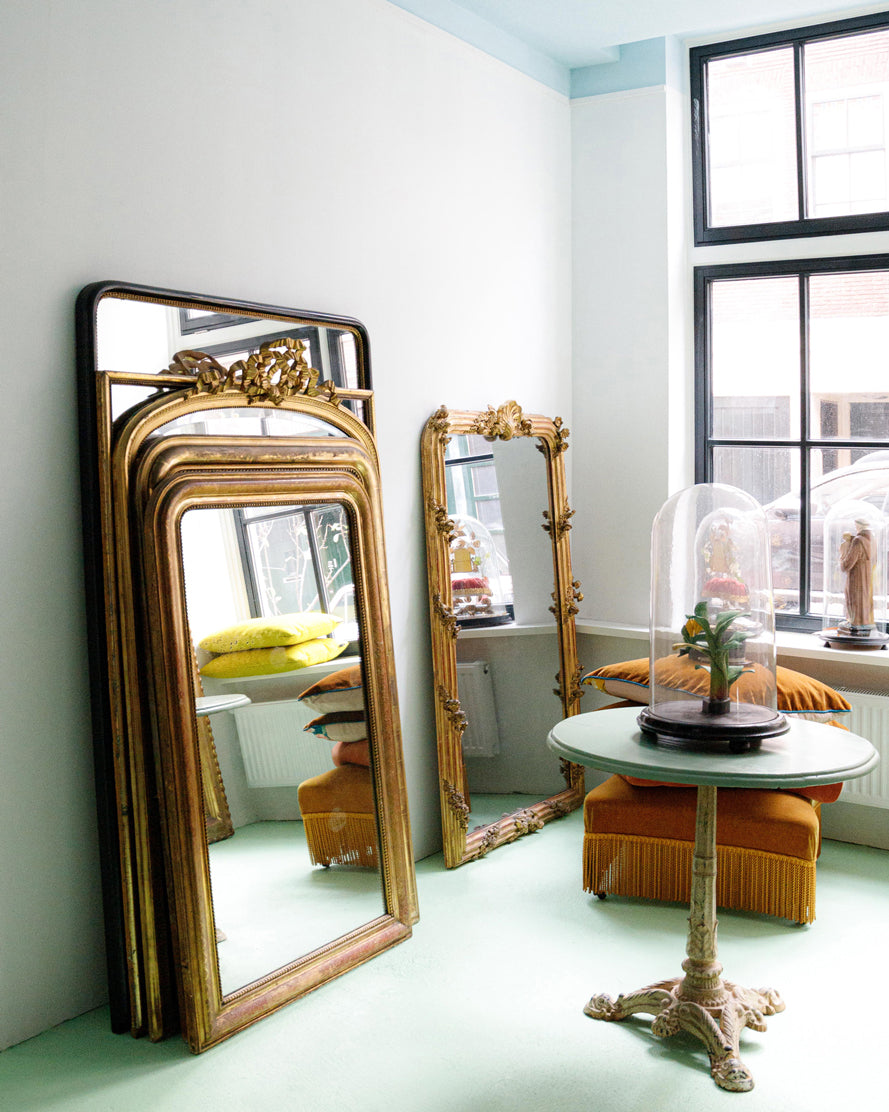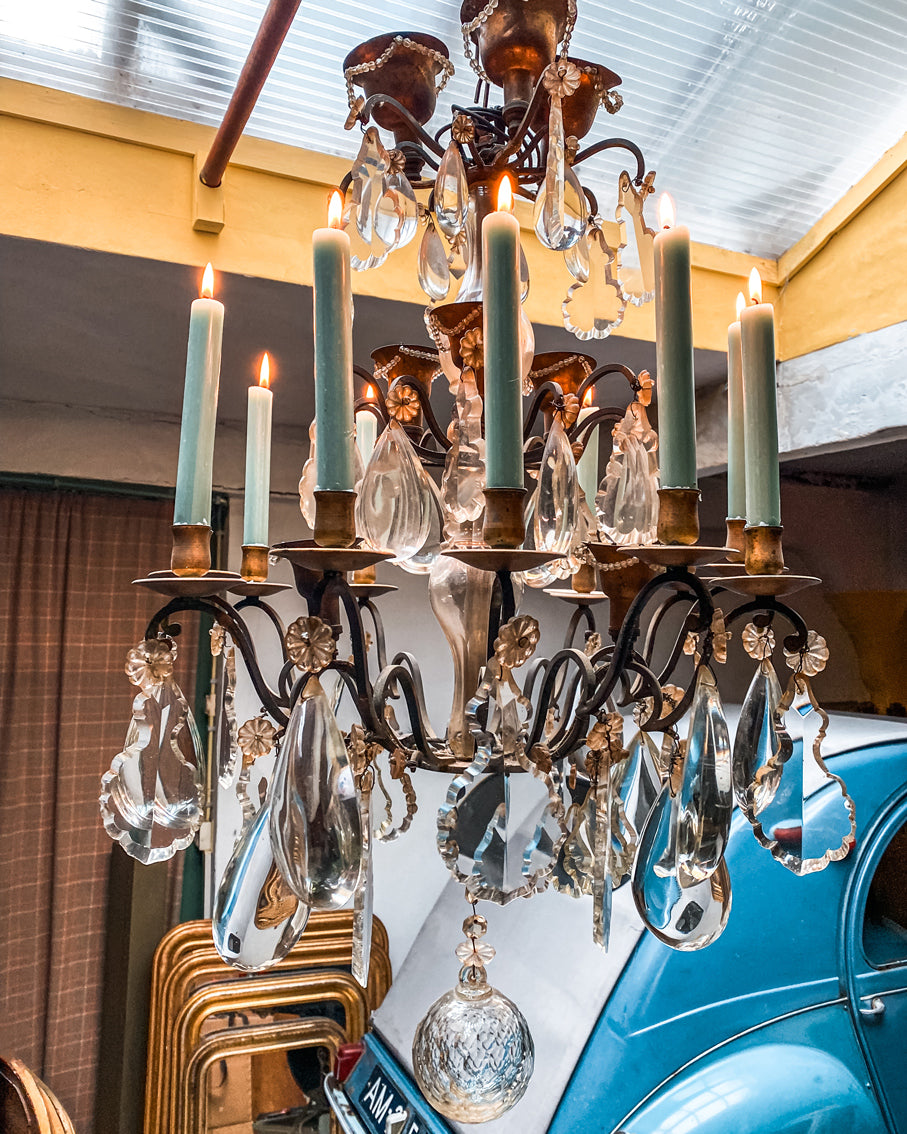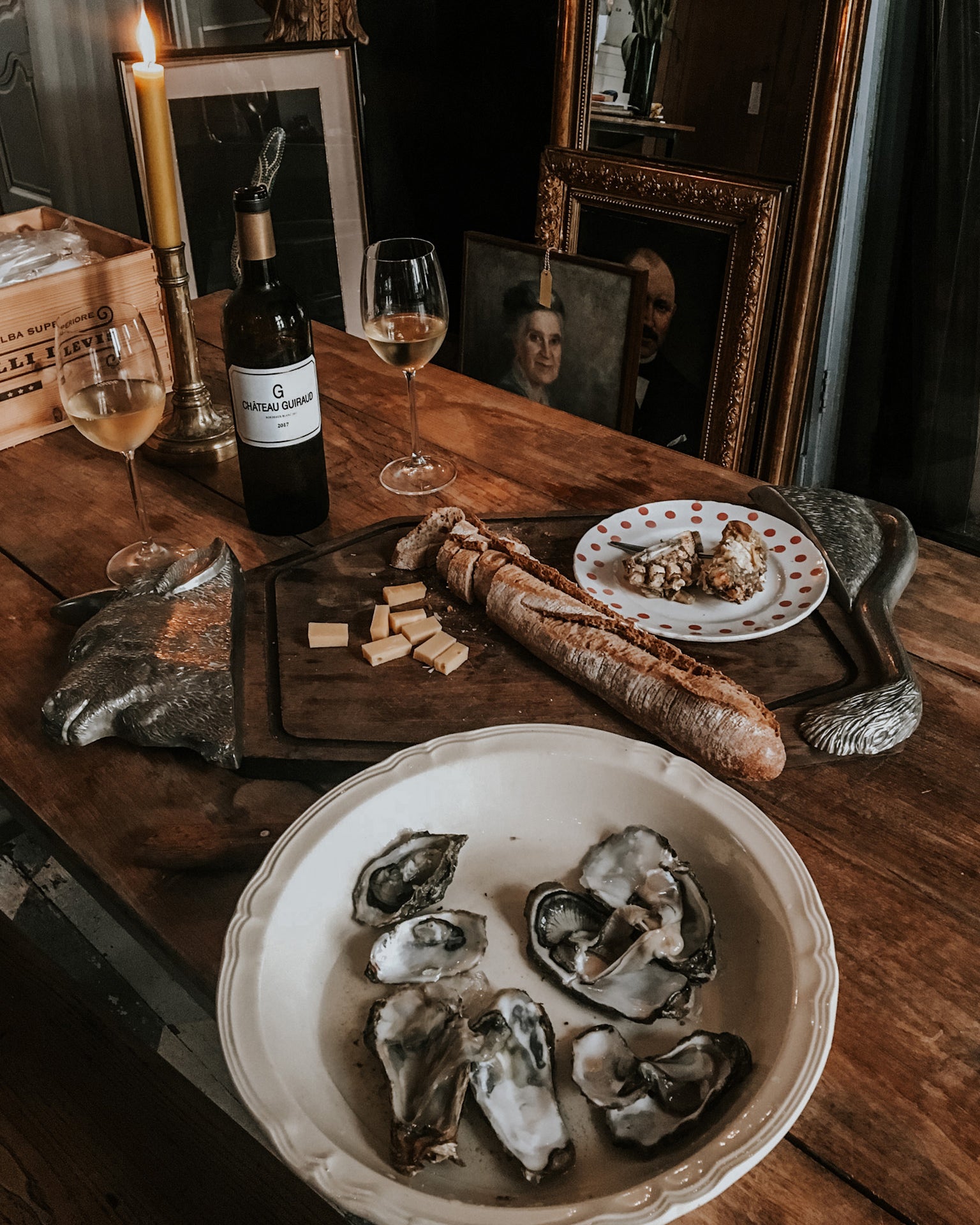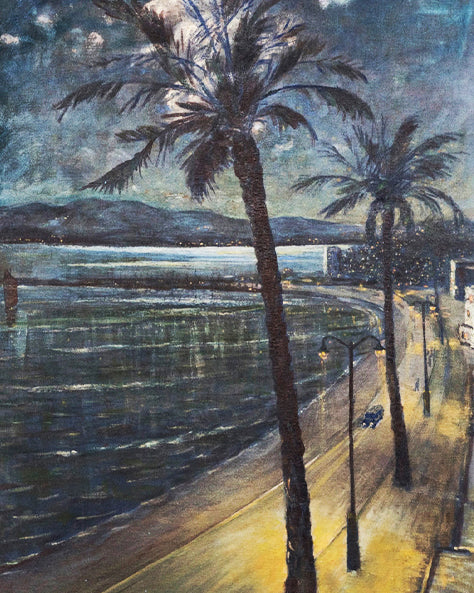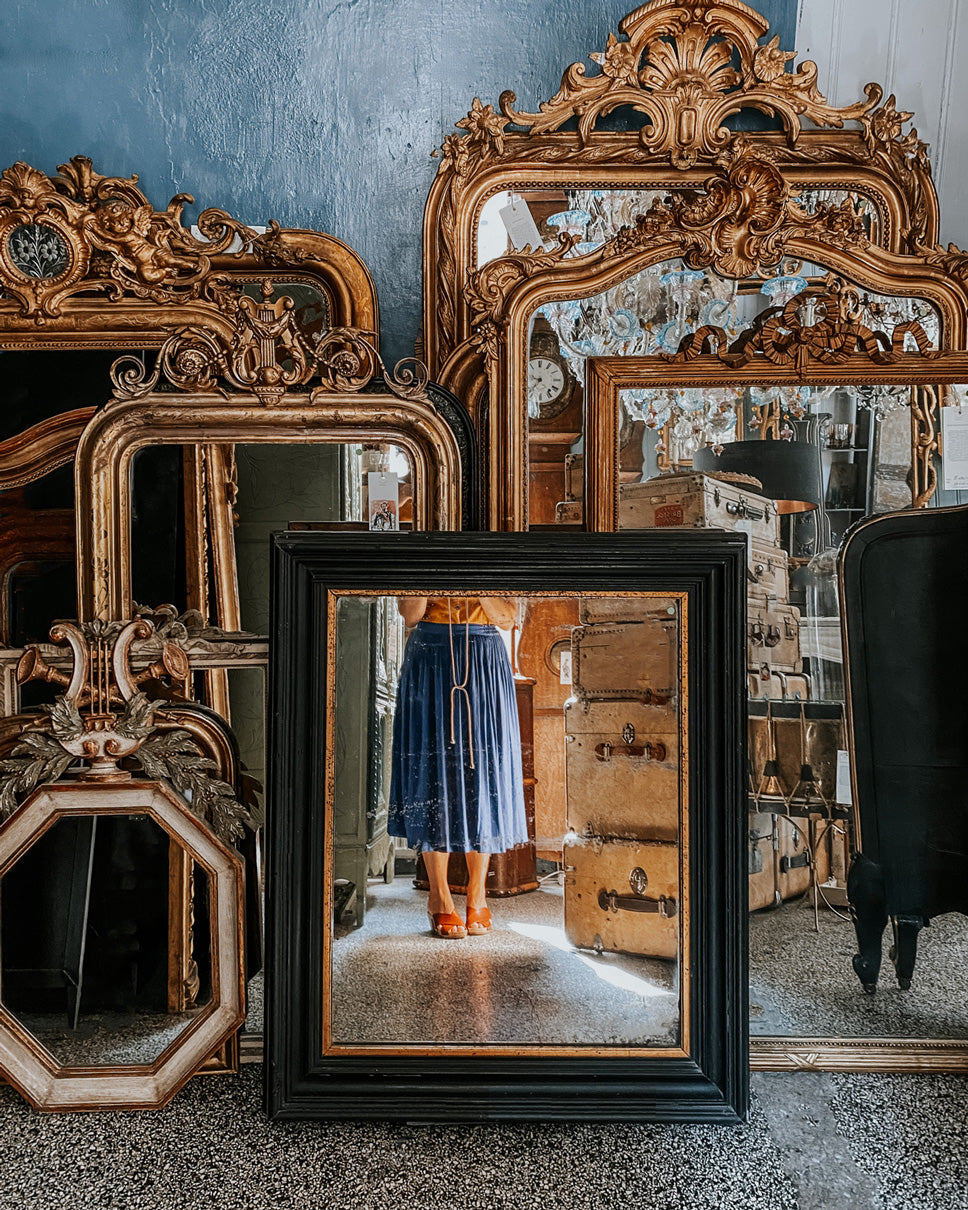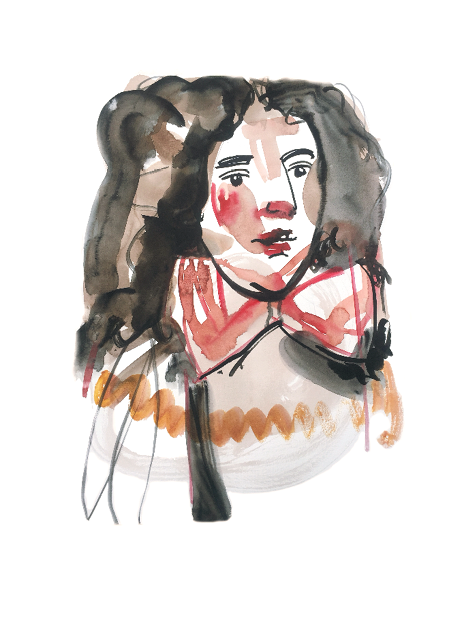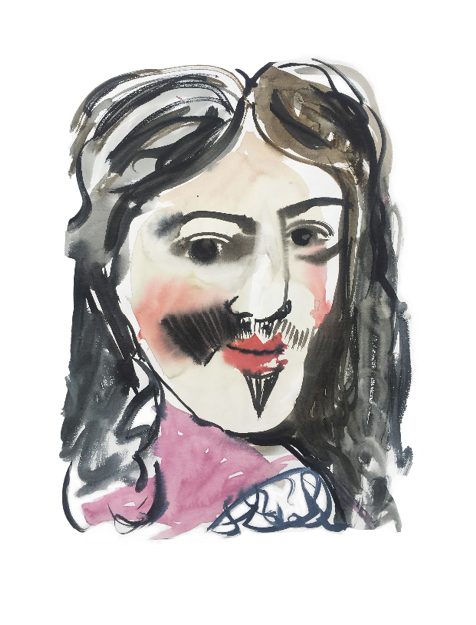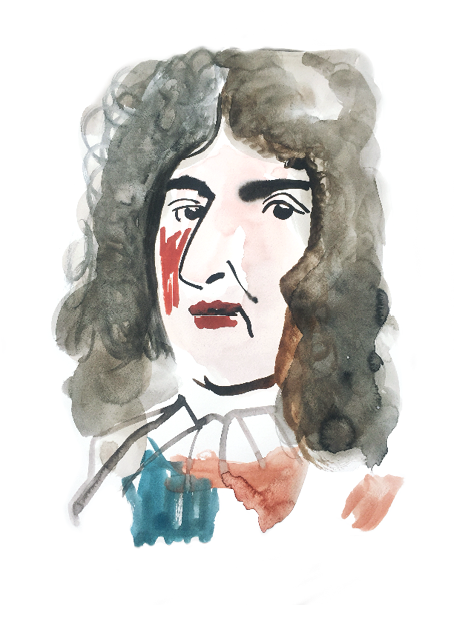3. Meet the French Royal Style: Philippe d'Orléans
Philippe d'Orléans, Duke of Orléans and nephew of the Sun King, reigned as Regent of France from 1715 to 1723. Never intended to be King, he was brought up to have a military career. Philippe II was a zealous student. He studied the violin, diplomacy and riding, acted in several plays, composed two operas, and was a gifted painter and engraver. These cultural interests are reflected during his reign: he collected many paintings and purchased the world’s largest known diamond, a 141 carat cushion brilliant, now known as Le Régent.
Furniture style: The Régence
The Régence style serves as a transitional phase between the grandeur of Louis XIV and the more whimsical and ornate Rococo style that would follow. Symmetrical lines are still very present, but decoration is completely renewed and lines start to curve. The furniture exhibits a sense of movement and fluidity.
Régence style embraces a degree of asymmetry, departing from the strict symmetry of the Louis XIV era. This asymmetry adds a touch of playfulness to the design. The emblematic design of the rococo style is that of the shell. As a transitory style, the Régence style also heralds the great themes of Louis XV with, for example, the apparition of chinoiseries.
Walnut remained a popular wood choice during the Régence period, but there was also an increased use of other exotic woods. This variety of woods allowed for more diverse and visually interesting furniture.
Chairs and sofas were designed for comfort, often featuring padded seats and backs. Some Régence furniture, especially commodes and chests of drawers, exhibit a bombe shape, characterized by a convex or bulging form.
Bureaux Mazarin
The Régence period saw the popularity of bureaux Mazarin, which were writing desks with a central drawer surrounded by smaller drawers and compartments. These desks often featured elaborate marquetry.
In summary, the Régence furniture style is characterized by its curved lines, asymmetry, Asian and Rococo influences, naturalistic motifs, gilt bronze mounts, varied wood choices, comfortable seating, bombe shapes and cabriole legs. It represents a pivotal period in French furniture design, marking the shift towards a lighter and more decorative aesthetic.

